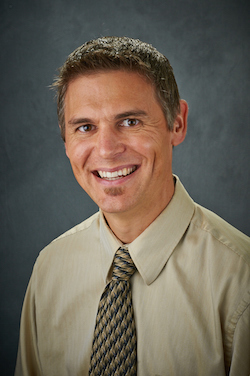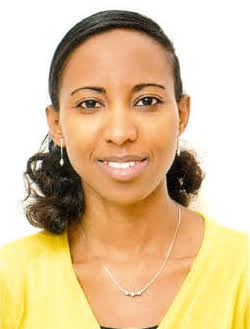Wisconsin engineers contribute to Grand Ethiopian Renaissance Dam discussion
To its home country, the Grand Ethiopian Renaissance Dam represents a crucial source of hydropower.
But to Sudan and Egypt, Ethiopia’s neighbors downstream on the Nile, the dam — known as GERD, and expected upon completion in 2018 to be Africa’s largest — looks like a threat to agriculture and to Egypt’s own power-generating Aswan High Dam.
“It’s very, very unusual, and maybe even unprecedented, that you have two major facilities that are on the same river that are uncoordinated in their operations,” says Paul Block, a University of Wisconsin–Madison professor of civil and environmental engineering. “Even looking across other international rivers where there are transboundary issues, challenges and countries that don’t get along well, they have compacts.”

Paul Block
The three governments recently came to terms on a declaration of principles regarding the dam, but there is no broad agreement in place to guide important remaining issues in the construction and eventual management of the dam. So, Block is part of a multidisciplinary team of researchers that aims to bring empirical data and a crucial, multidisciplinary perspective to the debate.
Block added his expertise in computer modeling and water resources management to a report on GERD’s potential impact published recently by the Massachusetts Institute of Technology’s Abdul Latif Jameel World Water and Food Security Lab.
Compiled by scholars of environmental science, economics, law and political science, the report lays out four key concerns for the three governments to consider: coordinating GERD and Aswan High Dam operations; addressing possible technical problems in the GERD design; ensuring that the Ethiopian people can get a return on public investment in GERD through hydropower sales; and minimizing downstream harm to Egypt and Sudan.
Block’s role in the effort was to use computer simulation to understand how different approaches to filling the dam’s enormous reservoir — when combined with climate conditions and other variables — could alter the downstream effects of the dam.
Even from an engineering perspective, it’s important to understand how each of the three countries’ ambitions and economics play into how GERD is built and run, according to Meron Teferi Taye, a native of Ethiopia and postdoctoral researcher in Block’s lab.
“In Ethiopia now, they’re building more industry, so they’re really expecting this dam to be finished to make that possible,” Taye says. “The demand is there for Ethiopia, and also they are aiming to sell this power to other countries.”

Meron Teferi Taye
Sudan and Egypt are more concerned about the Nile as a source of water for irrigation, and Block says GERD will effectively cut off floodwaters and nutrient-rich silt that nomadic peoples in the region depend on for their annual harvests.
Taye is modeling forecasted drought conditions and downstream flows to explore operational decisions the dam’s managers could make in order to maximize benefits for all three countries.
“They are in the very early stage of their operations policies, so if we can come up with some kind of model, then we can contribute to their decisions to some extent,” Taye says.
Block is cautiously optimistic, but says the research group shouldn’t let the stakeholder countries off the hook.
“In our minds, the key issues still remain,” Block says. “How are you going to fill this reservoir in a way that is acceptable and agreeable to all parties, and as Meron is studying now, how are you going to operate this thing in a way that is acceptable and agreeable? We want to see a proactive response, not just a handshake.”
The UW–Madison researchers spend a lot of time thinking about issues beyond the technical and hydrological problems in their immediate area of expertise — the state of the region’s power infrastructure, the impacts of drought cycles and climate change, and most importantly, the complex imperatives and negotiations that always come along with water politics.
They see the GERD as a project that requires solid water engineering, but also requires engineers to see the big picture.
“As engineers, we always want to solve the problem and say, ‘This is the result,'” Taye says. “But when we look at all the other participants, we will be humbled, I think.”
Enjoy this story?
Read more news from the College of EngineeringSubscribe to Wisconsin Ideas
Want more stories of the Wisconsin Idea in action? Sign-up for our monthly e-newsletter highlighting how Badgers are taking their education and research beyond the boundaries of the classroom to improve lives.
